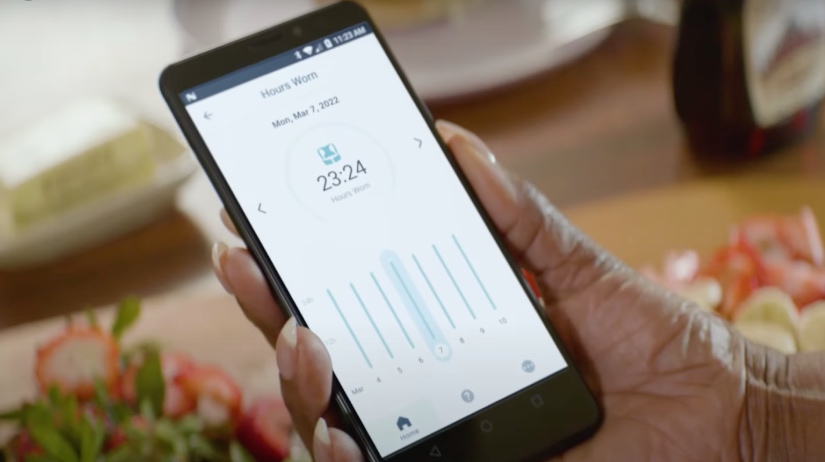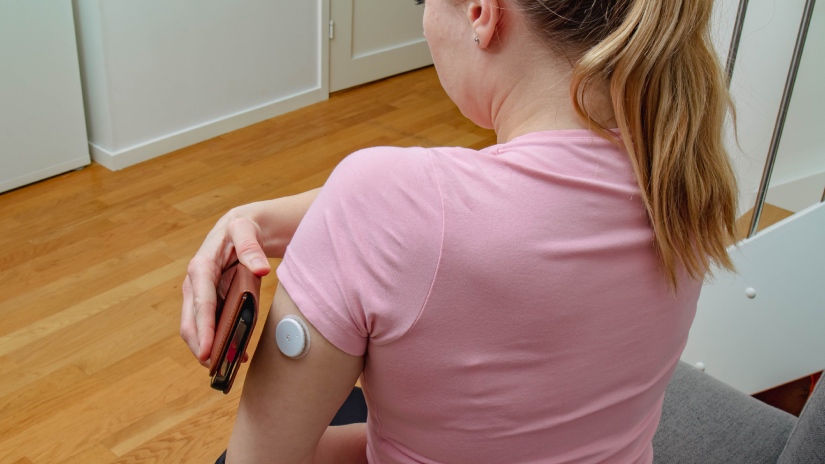- Services
Technology Capabilities
Technology Capabilities- Product Strategy & Experience DesignDefine software-driven value chains, create purposeful interactions, and develop new segments and offerings
- Digital Business TransformationAdvance your digital transformation journey.
- Intelligence EngineeringLeverage data and AI to transform products, operations, and outcomes.
- Software Product EngineeringCreate high-value products faster with AI-powered and human-driven engineering.
- Technology ModernizationTackle technology modernization with approaches that reduce risk and maximize impact.
- Embedded Engineering & IT/OT TransformationDevelop embedded software and hardware. Build IoT and IT/OT solutions.
- Industries
- GlobalLogic VelocityAI
- Insights
BlogsNovember 6, 2023GlobalLogicOntology – key Enabler of Next-Gen Technologies
Every big or mid-sized company has a proliferation of sites, edge devices, apps, and di...
 BlogsNovember 30, 2023GlobalLogic
BlogsNovember 30, 2023GlobalLogicSmartphone on Wheels
Over the past decade, cars have undergone a significant transformation to provide a mor...

- About
Published on September 6, 2023Leveraging SaMD Applications to Improve Patient Care and Reduce Costs
View all articles Randy MerryChief Technology Officer, Medical Technology & HealthcareShare
Randy MerryChief Technology Officer, Medical Technology & HealthcareShareLet's start engineering impact together
GlobalLogic provides unique experience and expertise at the intersection of data, design, and engineering.
Get in touchAnalyticsData EngineeringHealthcare and Life SciencesOne of the most exciting developments in healthcare is the emergence of Software as a Medical Device (SaMD) as a more convenient and cost-effective means to deliver superior care to the tens of millions of people worldwide who suffer from various health conditions.SaMD is defined by International Medical Device Regulators Forum (IMDRF) as “software intended to be used for one or more medical purposes that is capable of running on general purpose (non-medical) computing platforms.” In layman’s terms, SaMD is regulated software — installed and operated on “off-the-shelf (OTS)” computing platforms like mobile phones, tablets, laptops, desktops, servers and/or the cloud — that aids in diagnosis, screening, monitoring, or treating physiological conditions. These SaMD applications cover a wide spectrum of clinical patient conditions, from diabetes management solutions to cloud applications that analyze and generate patient-related insights viewed via a clinician’s portal.
Over the past decade, there has been a major evolution in medical devices. Previously, the vast majority of the medical device feature set was resident in the device itself. However, this landscape has experienced a paradigm shift. With advancements in software engineering, these features, and functionalities in SaMD are re-partitioned taking advantage of software and hardware components readily available in the market. Integrating third-party OTS hardware, software and/or libraries and services within SaMD applications has created additional clinical value by optimizing patient care in a more efficient and cost-effective manner. Medical device manufacturers using OTS hardware can take advantage of commercial operating systems, third-party software & services, and the hardware advances in memory, computing power, connectivity, communications and screen technology.

SaMD applications are regulated in nature, and are required to follow the same set of standards that govern medical device software, including various ISO/IEC standards that have been embraced by global regulators, such as ISO 13485, ISO 14971, IEC 62304, and IEC 62366. Depending on the product, other standards may also apply.
SaMD applications often take the form of patient companion apps, so-called because they often serve as a patient’s primary link and interaction point with the medical device system. For example, a chronic pain sufferer can utilize a SaMD patient companion app to adjust the energy levels associated with an implantable neurological stimulator device based on the guard bands setup by their clinician.
For a person living with diabetes, the patient companion application is usually part of a distributed diabetes management system that integrates with and presents information from a wearable insulin pump, a CGM (Continuous Glucose Monitor) and Cloud Analytics, helping the patient better manage their glucose levels.
Traditional insulin pumps contained all of their therapy and diagnostic functionality on the pump. While they were clinically effective, it was difficult to integrate data from third-party CGM sensors, and was hard to connect and upload data to applications used by clinicians to support remote patients. Leveraging a patient companion app on a mobile phone enables this functionality to be integrated and delivered to the patient’s mobile phone, and thus takes advantage of riding on top of a commercial platform utilized by millions of people.
Another value proposition associated with the use of SaMD applications on OTS hardware is the cost advantage of re-partitioning functionality that historically was on proprietary hardware. This re-design and re-partitioning can minimize the size of the medical device and reduce the CoGS (cost of goods sold) by reducing the number of physical components. SaMD applications on OTS hardware can also improve system usability and garner greater acceptance by patients, clinicians and payors.

Many medical device manufacturers who have developed SaMD apps have gained market share and top-level revenue, and some are realizing even greater gains by offering specialized SaMD applications or subscription services. This direct revenue is projected to grow from $4.4 billion in 2021 to $8.2 billion in 2027.1
This all seems very positive, but how are companies managing the transition? Since SaMD patient companion apps are usually part of a distributed system, focusing on system engineering, system risks and design fundamentals are key to partitioning the functionality across multiple components. Another key is embracing a full lifecycle support plan that tracks hardware, software and services changes/updates, and re-releases applications as required. Finally, UIX design is critical because users expect the same level of design and implementation they experience with their everyday phone apps.
Now let’s consider how SaMD applications impact clinicians. With the incredible growth in the use of implantable and wearable medical devices over the past decade, and an aging population, clinicians and healthcare organizations are challenged with the increased volume of patients requiring periodic follow-ups. With the use of ubiquitous high-bandwidth connectivity provided through mobile phones, and a SaMD application providing data uploads to a central server or a cloud, patient data can be automatically analyzed against pre-defined guard bands or limits. If limits are exceeded, clinicians can be alerted to take the appropriate action.
For device manufacturers, the time is now to embrace patient companion applications
As mentioned, patient companion apps are projected to grow at a robust rate for the next several years — which means that device makers who have yet to embrace companion apps risk competitive displacement if they don’t course correct.
The good news? Companies just now embarking on patient companion app strategies can apply lessons learned from those who have gone before:
- Focus on utilizing the appropriate and defined ISO/IEC standards for all aspects of the product development of these applications
- Focus on applications that deliver tangible, verifiable clinical capability based upon science, and/or operational value (not just buzz)
- Leverage the UIX design adopted by iOS and/or Android as appropriate while adhering to the applicable standards
- Partner with design, engineering and technical experts who have significant experience in developing SaMD applications, taking advantage of the learnings generated by developing and supporting numerous SaMD apps
GlobalLogic, a Hitachi Group Company, is a leader in digital product engineering that helps clients design and build innovative products, platforms, and digital experiences by integrating our strategic design, complex engineering, and vertical industry expertise with Hitachi’s Operating Technology and Information Technology capabilities. We bring extensive digital engineering experience to help companies develop companion apps, with hundreds of successful projects brought to market over the last half decade.
The time is now to consider how leveraging SaMD patient companion app can be utilized by your company to help achieve your companies clinical and operational goals.
For more information on how GlobalLogic, a Hitachi Group Company, can help you better engage your customers, innovate within predictable budgets, and bring the next generation of companion apps to market in the shortest possible time, visit https://www.globallogic.com/services/industries/healthcare-life-sciences/
